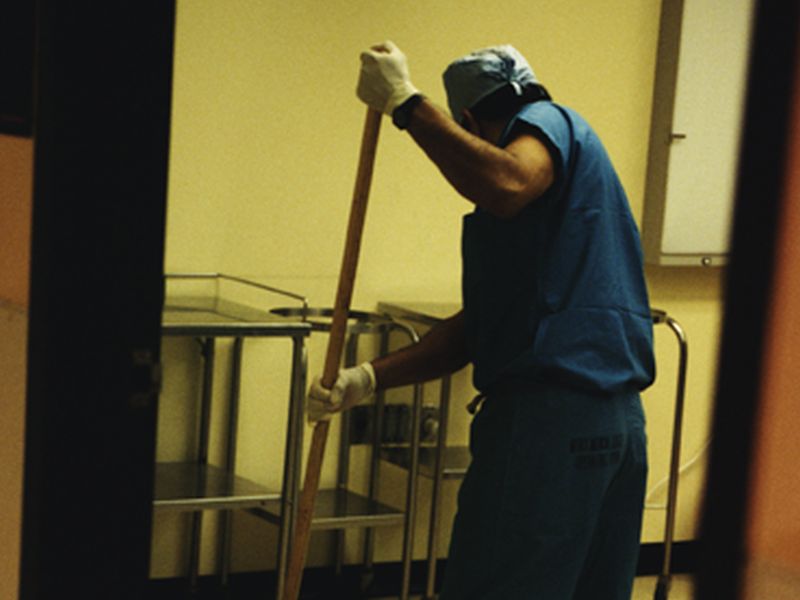
One hospital’s germ history may help doctors curb infections in all hospitals, researchers report.
Scientists analyzed more than 10,000 samples collected over 12 months from surfaces, air and water in the University of Chicago’s new hospital, the Center for Care and Discovery. Samples were also taken from 252 patients. The samples were collected for two months before the hospital opened in February 2013, and for 10 months after the opening.
Germ DNA was detected in 6,523 of the samples.
But the makeup of those germs changed drastically once there were humans in the building.
“Before it opened, the hospital had a relatively low diversity of bacteria,” said study author Jack Gilbert, director of the Microbiome Center at the University of Chicago. “But as soon as it was populated with patients, doctors and nurses, the bacteria from their skin took over.”
Another interesting finding was that germ movement reversed quickly in hospital rooms.
On a patient’s first day in the hospital, germs tended to move from surfaces in the room to the patient. But after that, most germs moved from the patient to the room, the investigators found.
“Within 24 hours, the patient’s microbiome [germ makeup] takes over the hospital [room] space,” Gilbert said.
And the longer a patient was in the room, the more drug-resistant dangerous germs became, the findings showed.
Samples from the rooms of 92 patients who had longer hospital stays showed bacteria such as Staphylococcus aureus and Staphylococcus epidermidis managed to acquire genes that could boost antibiotic resistance and promote host infection.
“This requires further study, but if it proves to be true, then these genetic changes could affect the bacteria’s ability to invade tissue or to escape standard treatments,” Gilbert noted.
The researchers believe these findings could help other hospitals battle the spread of infections among patients.
“The Hospital Microbiome Project is the single biggest microbiome analysis of a hospital performed, and one of the largest microbiome studies ever,” explained Gilbert, who is also group leader in microbial ecology at Argonne National Laboratory.
“We’ve created a detailed map, highly relevant to clinical practice, of microbial exchange and interaction in a large hospital environment,” he said in a university news release.
“This describes the ecology of a building, a thriving microbial ecosystem that regularly interacts with patients in a seemingly benign way — at least most people don’t appear to be negatively affected. It gives us a framework, something we can build on, showing how microorganisms enter and colonize a hospital environment,” Gilbert noted.
The study was published May 24 in the journal Science Translational Medicine.
More information
The National Patient Safety Foundation has more on preventing infections in the hospital.
Source: HealthDay

Leave a Reply